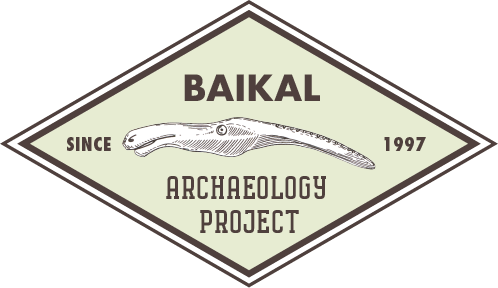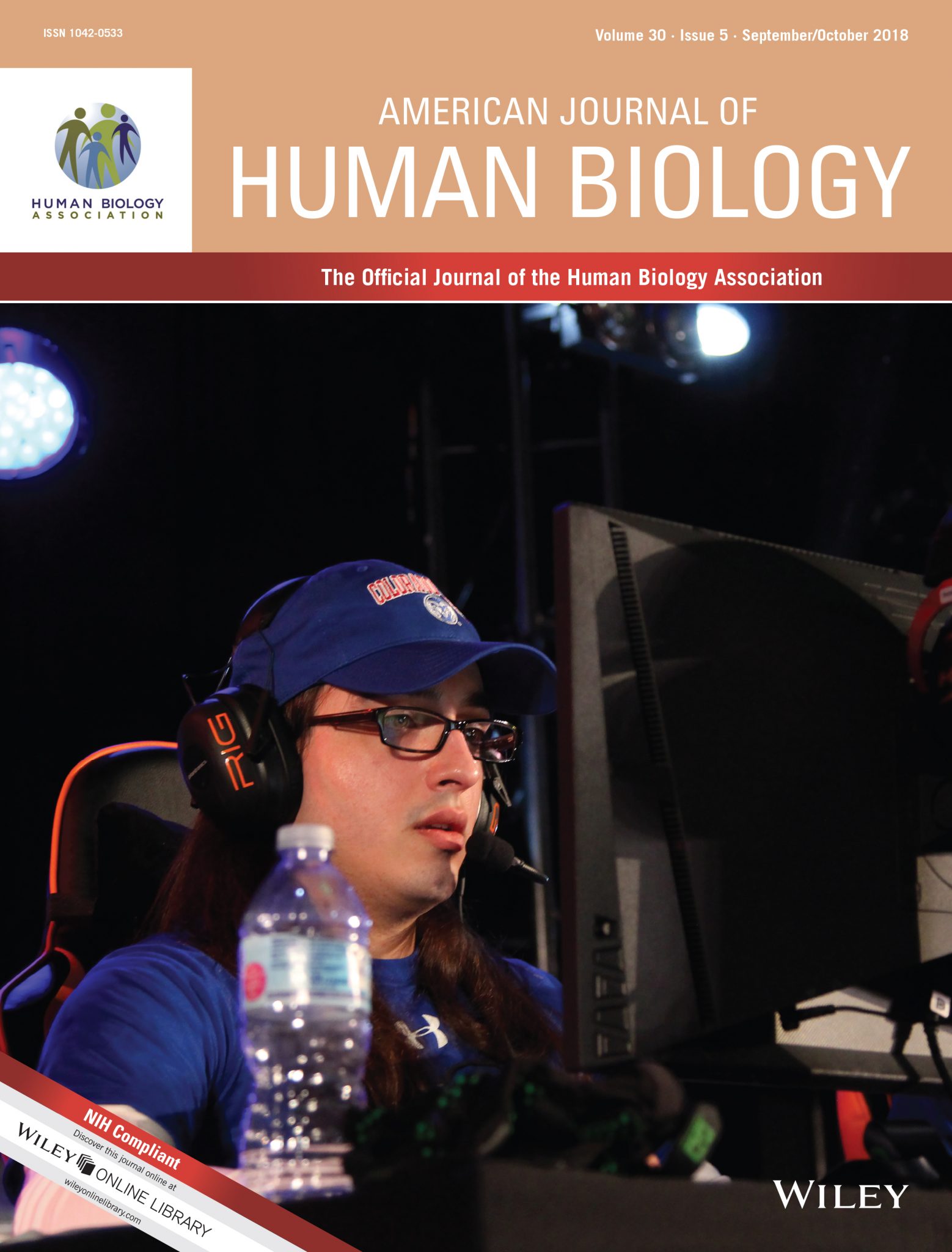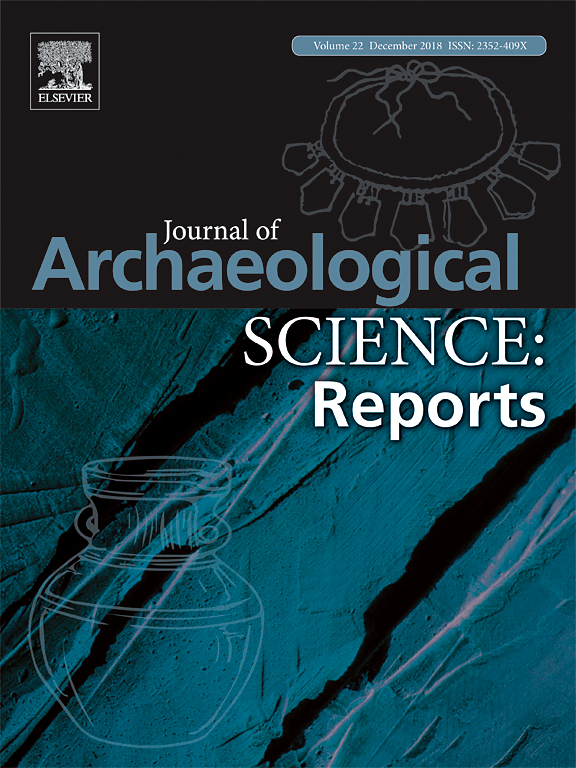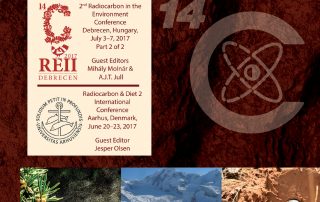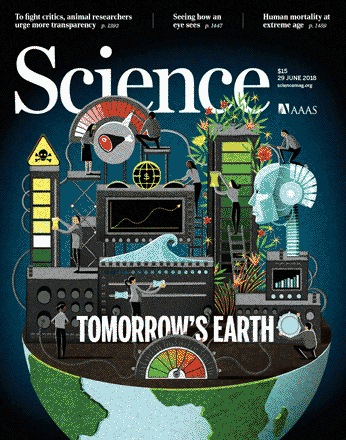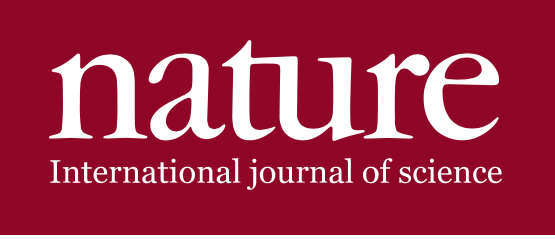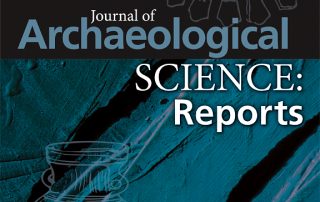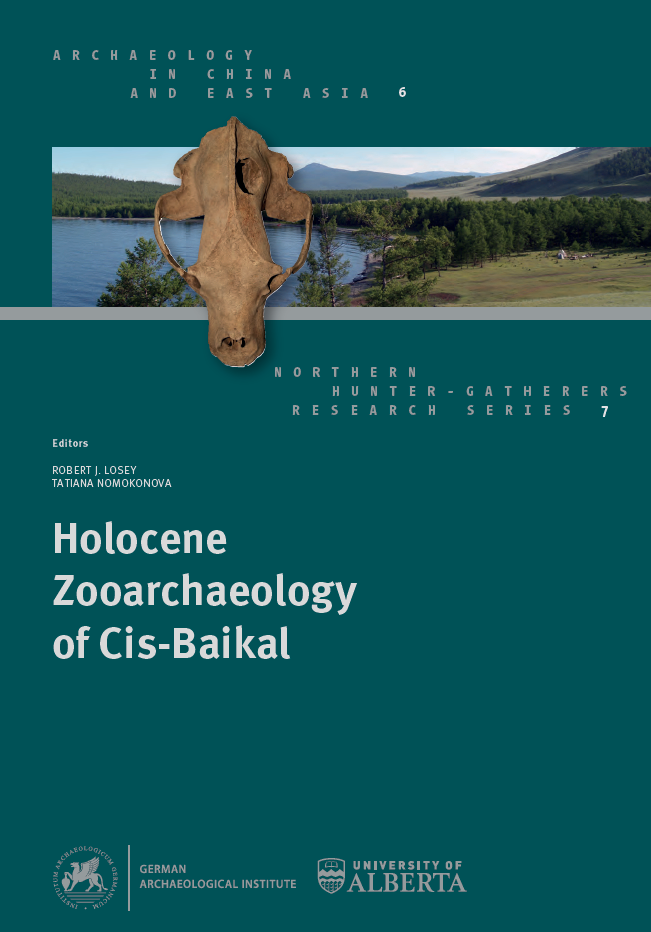1
American Journal of Human Biology 20 August 2018
“Mind the gap”—Assessing methods for aligning age determination and growth rate in multi‐molar sequences of dietary isotopic data
Scharlotta I, Goude G, Herrscher E, Bazaliiskii VI, Weber AW
Creating multi‐tooth sequences of micro‐sampled stable isotope (SI) analytical data can help track 20+ years of individual dietary history. Inferences about individual and population level behavioral patterns require cross‐calibration of the timing of dietary changes recorded by each tooth. Dentin sections from contemporaneous tissues (eg, in M1 and M2) reflect dietary signature for the time of growth. Contemporary sections should produce similar values, allowing alignment of temporally overlapping portions of teeth into multi‐tooth sequences. Published methods for determining [...]

